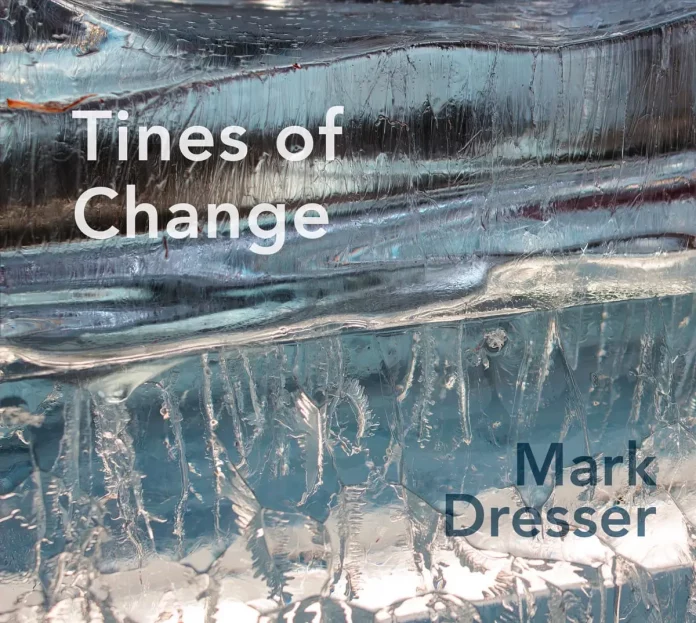The concept of a solo bass album can be a daunting prospect at the best of times for some jazz enthusiasts and given the experimental proclivities of a musician like Mark Dresser it could be even more challenging. Given Dresser’s close to 10 years in the Anthony Braxton group and his associations with the likes of Henry Threadgill, Myra Melford, Tim Berne et al, the listener can guess in advance Tines Of Change is not going to be an easy listen.
Dresser believes the bass is an orchestra in itself, and does his best to convince us that this is so, helped by extensions and additions to the basic four-string instrument typically used in jazz.
For this release, he uses both four- and five-string basses enhanced by metal tines that can be bowed and plucked, amounting to a cross between an African mbira and the stroked rods designed by the late composer Robert Erickson. He can thus extract some extraordinary sounds from his instruments.
He also uses magnetic pickups embedded in the fingerboard of the bass which amplify three different pitch segments per string and allow him to add tones virtually inaudible within a group setting. He uses these resources to create a mixture of floating sounds, guttural utterances and simulations of sounds we expect from other areas in life and music. But the essential bass sound always lurks under the surface.
Bass players will be fascinated by the concept Dresser brings to us here and inquisitive listeners will get plenty of food for thought.
Discography
Prolotine; Tynalogue; Harmonity; Melodine; Bitonetime; Gregoratyne; Augmentine; Chordone; Nakatanitine; Tonologue; Narratone; Epitine (58.30)
Dresser (b). San Diego, CA, 13-14 November 2022.
Pyroclastic Records PR 25
















